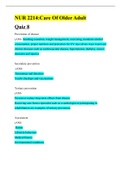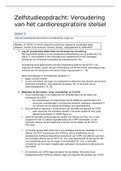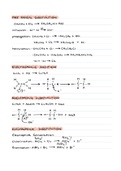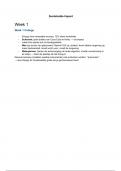Samenvatting
Summary Notes on Guildfoyle's International Criminal Justice (Intro Chapter)
- Vak
- Instelling
- Boek
Notes on the key parts of the introductory chapter to Guildfoyle's International Criminal Justice book, a key text for the module
[Meer zien]














